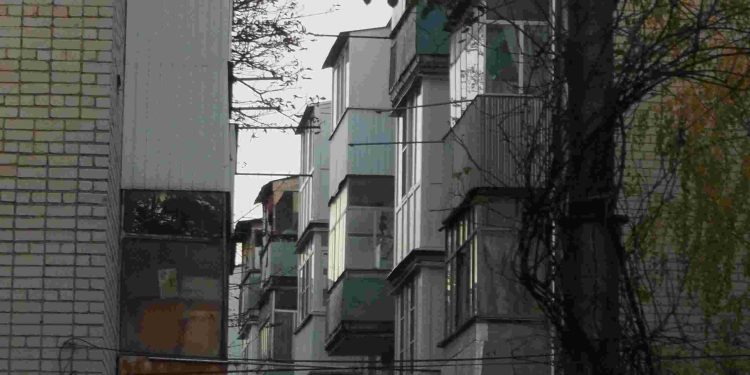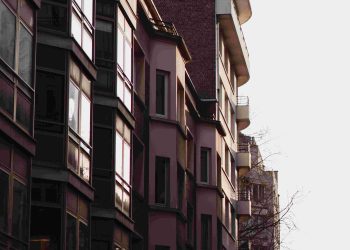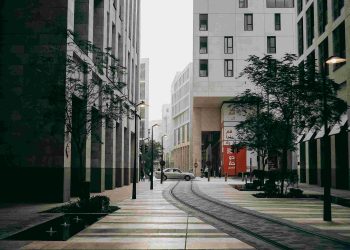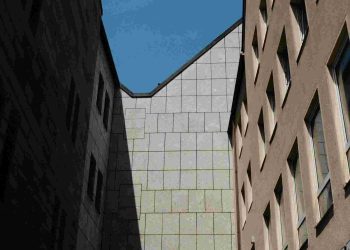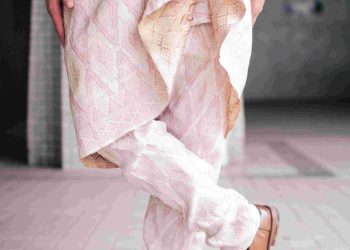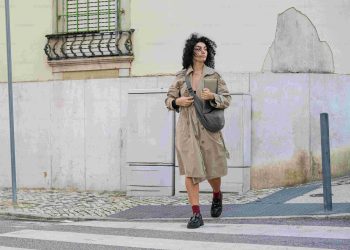Urban Edge Living Trends

The Bold Promise and Stark Paradox of Urban Living
Moving to the city once carried the promise of opportunity, excitement, and abundance. Skyscrapers reflected ambition, while bustling streets showcased human ingenuity. But with this dream came a paradox—living at the edge of boundless opportunities often traps us within rigid constraints. Are we truly thriving in these urban jungles, or simply surviving?
Years ago, I took the leap and moved to a metropolitan hub, journeying beyond my familiar suburban cocoon. What started as a pursuit of career growth and cultural immersion soon collided with traffic-clogged streets, skyrocketing rents, and an unrelenting pace of life. My personal journey isn’t unique—it mirrors the reality faced by millions navigating the urban edge every day.
Rethinking the Urban Mantra: Efficiency vs. Fulfillment
The urban mindset often prioritizes efficiency: faster commutes, streamlined work schedules, and packed-to-perfection itineraries. Yet, within this obsession for optimization, lie cracks in the foundation. What if we’ve conflated productivity with purpose? What if urban living, rather than isolating itself into silos, adopted elements of ancient philosophies like Stoicism or minimalism, embracing a balance between doing and being?
Consider the work of psychologist Mihaly Csikszentmihalyi, whose concept of ‘flow’ challenges traditional benchmarks of productivity. In highly efficient urban lives, are people finding moments of deep engagement and fulfillment, or merely cycling through routines?
The Role of Technology in Shaping Urban Futures
Technology—a hallmark of modern cities—feels deeply entrenched in the urban fabric. However, its role is double-edged. While smart cities promise seamless functionality through IoT (Internet of Things), they invariably extract a toll: privacy erosion, over-dependence on automation, and rising inequality between digital haves and have-nots.
Imagine the city as a living organism, with streets as veins and data flows as its nervous system. How sustainable is this organism if it feeds only the few? Socioeconomic gaps, like gentrification, risk leaving behind communities in the software-driven tide of convenience.
Blending Philosophy, Design, and Urban Problem Solving
To envision tomorrow’s urban spaces, we must dip into interdisciplinary wells. Urban design can no longer afford to be a function of zoning codes and aesthetics alone. Instead, it must integrate the empathy of social work, the insights of behavioral psychology, and the foresight of ecological research. Jane Jacobs, one of the strongest voices for urban social integration, argued that a city’s health depends on the interconnectedness of its people. How well do today’s urban environments nurture real connection?
Take the metaphor of a city as a garden—each resident a plant with unique needs for sunlight and water. Can urban planners balance density with spaciousness, ensuring every “plant” gets what it needs to thrive?
Practical Steps for Thriving on the Urban Edge
-
Prioritize Proximity:
Seek living arrangements within walking distance of your workplace, amenities, or transit hubs to reduce commute exhaustion. -
Redesign Your Social Space:
Invest in communal areas within your living quarters—co-living setups, shared rooftops, or urban green spaces. -
Engage with Local Networks:
Look for grassroots organizations that advocate for community-driven solutions to urban challenges. -
Embrace Digital Balance:
Use tech where it complements but doesn’t dominate your urban experience. Curate apps that foster mindfulness, not perpetual distraction. -
Learn to Disconnect:
Even in cities, challenge yourself to find spaces of stillness—parks, galleries, or sacred architectural nooks.
The Urban Future: Balancing Progress and Humanity
If cities are humanity’s greatest experiment in coexistence, then their future demands thoughtful reevaluation. Urban living should neither be shackled by its constraints nor marred by guilt over its excesses. Instead, let us view it as a fertile ground for reinvention. A mix of foresight, empathy, and innovation has the power to redefine what it means to dwell within a city.
As I navigate my own urban edge, my perspective continues to evolve. Each city has its own rhythm, its own lessons to teach. Yet, the questions remain universal: how do we thrive in these engineered habitats? How boldly can we design our lives to reflect not just societal expectations, but deeply personal truths?

